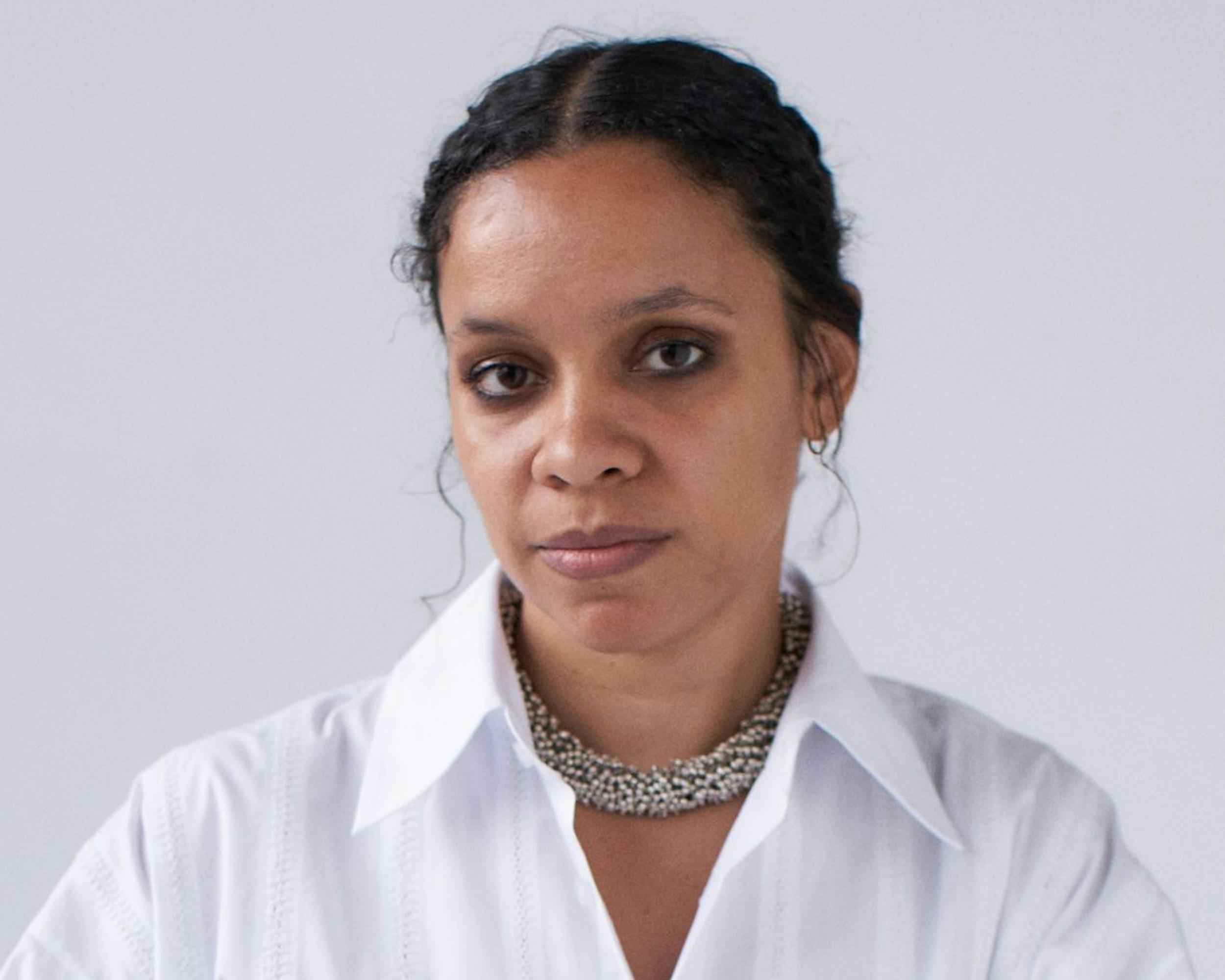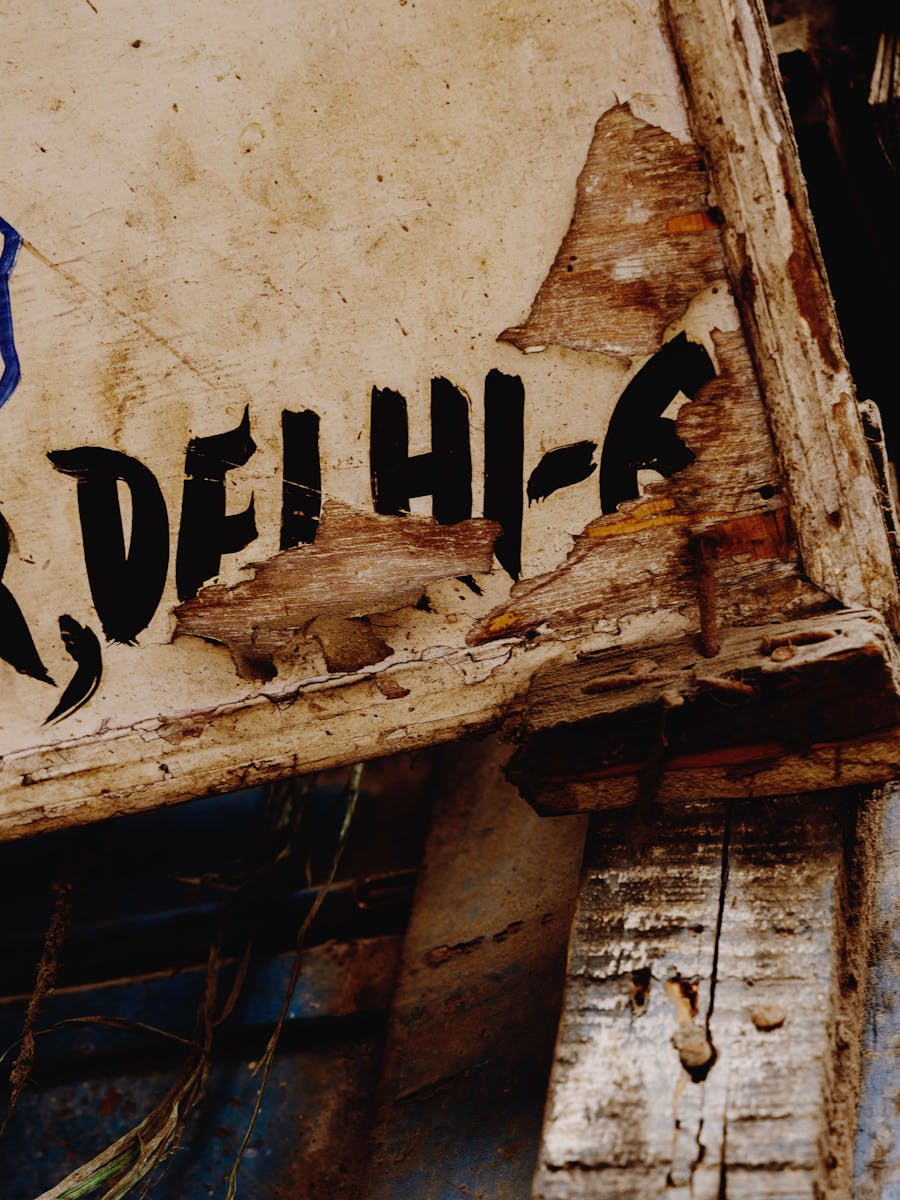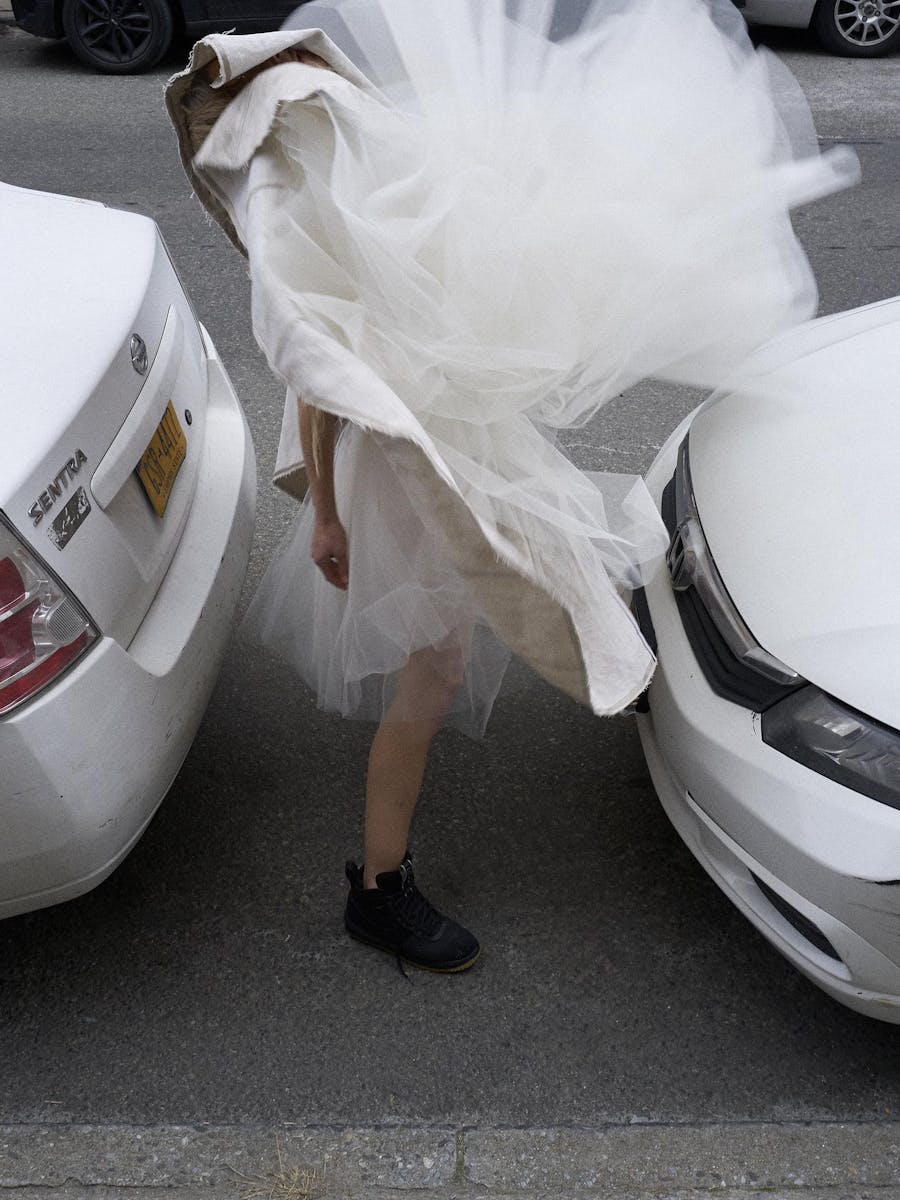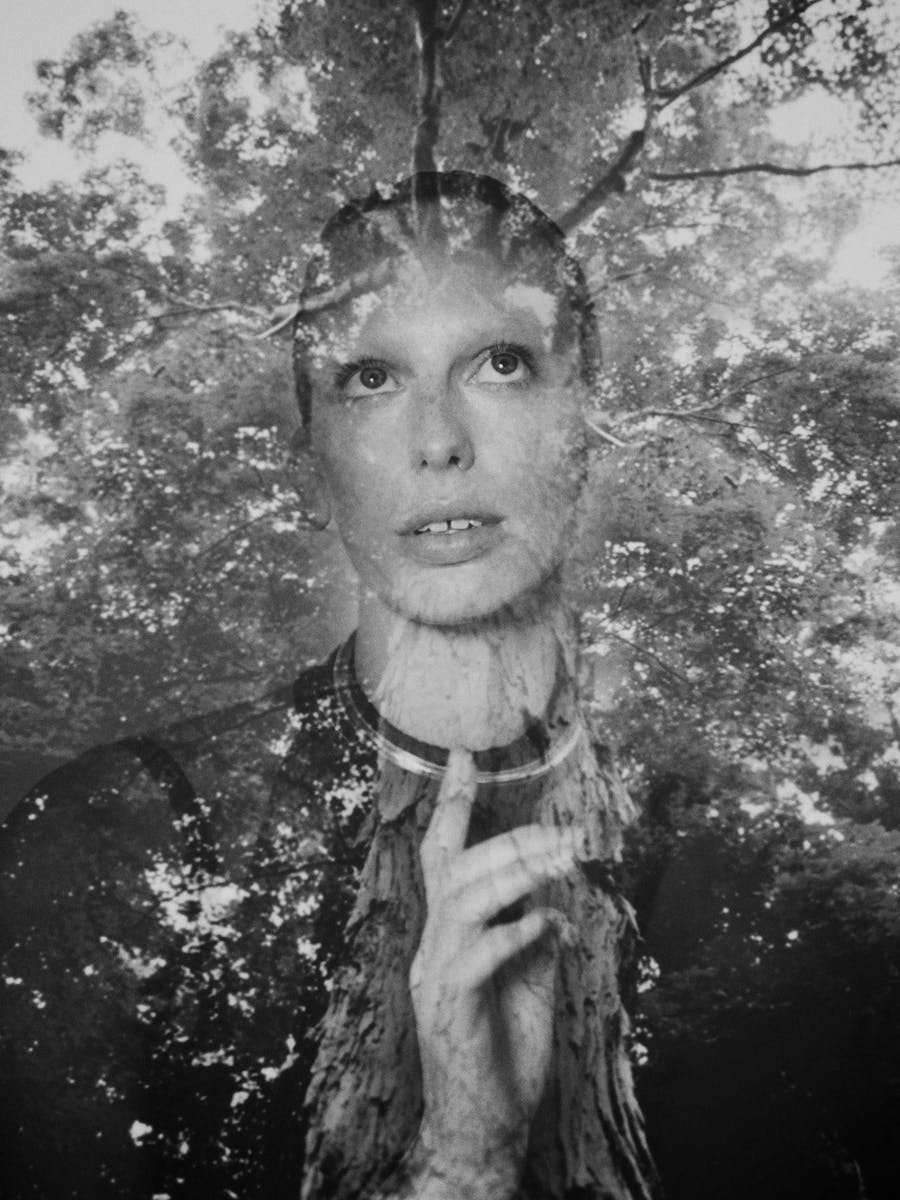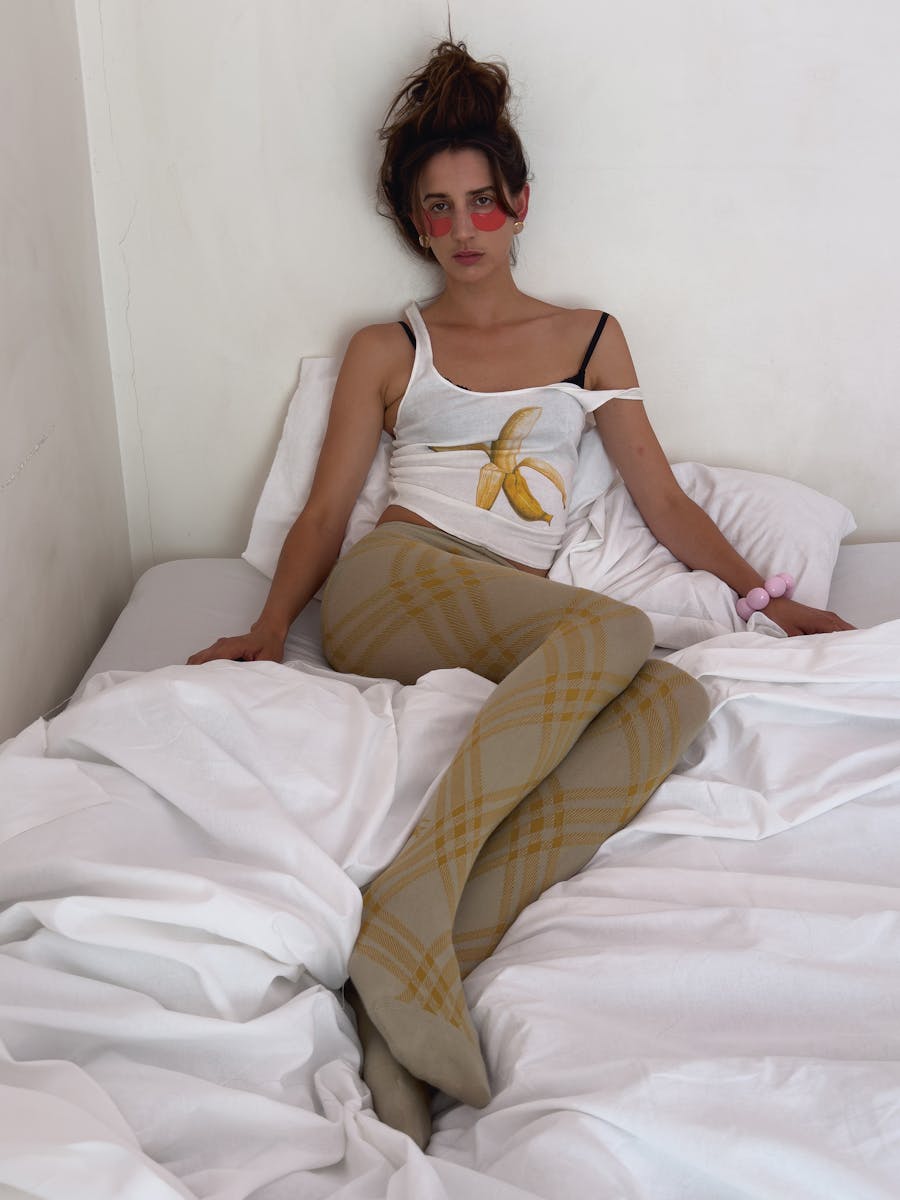From The Craft Issue
Rachel Scott (Diotima), Abraham Ortuño Perez (Abra), and Christopher Esber. Each, in their own way, embodies a new generation of designers for whom the artisanal gesture is integral to the way they envision fashion. A conversation with three creatives at the dawn of their journey — for whom craft is not a reference, but a foundation.
A conversation with Jamaican designer Rachel Scott — recently appointed creative director of Proenza Schouler — on Caribbean craft, matriarchy, and transmission.
Craft is the art of making. Rachel Scott, founder of the brand Diotima, knows it well. Winner of the CFDA Women’s Designer of the Year award in 2024, she has, in just a few years, brought Caribbean craftsmanship — and more specifically, the art of crochet, a traditional skill deeply rooted in her native Jamaica — into the spotlight. "I grew up in a creative environment, » the designer tells us during our meeting in Paris. « My father was a furniture designer, my mother, a staircase designer before she opened a clothing store. She wouldn’t let us watch TV or have a Nintendo. She once bought me a Barbie but refused to get me the house. So I had to build it myself. She insisted that I learn to make things on my own. At Diotima, more than 60% of our collections are handmade or include a handmade element." Today, the sartorial language Rachel Scott has developed through Diotima is a patchwork that reflects both her heritage and her conviction: “Craft is everywhere.”
What does “making” mean to you?
RACHEL SCOTT It’s a philosophical question. What is making? What is living? I think it’s something incredibly important to culture — precious knowledge, but under threat. Working with artisans is a deeply political act.
Your first memory of craft?
R. S. There’s my mother, of course, but also my time at Costume National in Milan, where I realised that craft was everywhere — even if the label said “Made in Italy,” many of the components came from India. Craft leaves a universal imprint, and every culture has its own long-standing traditions.
Was that when you realized that craft is valued differently depending on where it comes from?
R. S. Absolutely. All I ever heard back then was “Made in Italy.” And yes, it’s a country with a rich heritage — I still produce my footwear there — but much of what we created was actually made in India. I began to recognize techniques from my childhood, and that’s when I realised I had never thought of Jamaica as a place of craft. That moment sparked my research. After every holiday, I’d go meet local artisans. I started learning about the history of craft in our country. There was a textile industry in Jamaica in the 1970s, but when free zones were introduced, cheaper labor was sourced elsewhere. Everything disappeared. I made a promise to myself to build a brand with Jamaica, with the Caribbean… We need to rethink what we value. It’s not about pedigree or heritage — it’s about real knowledge and culture.
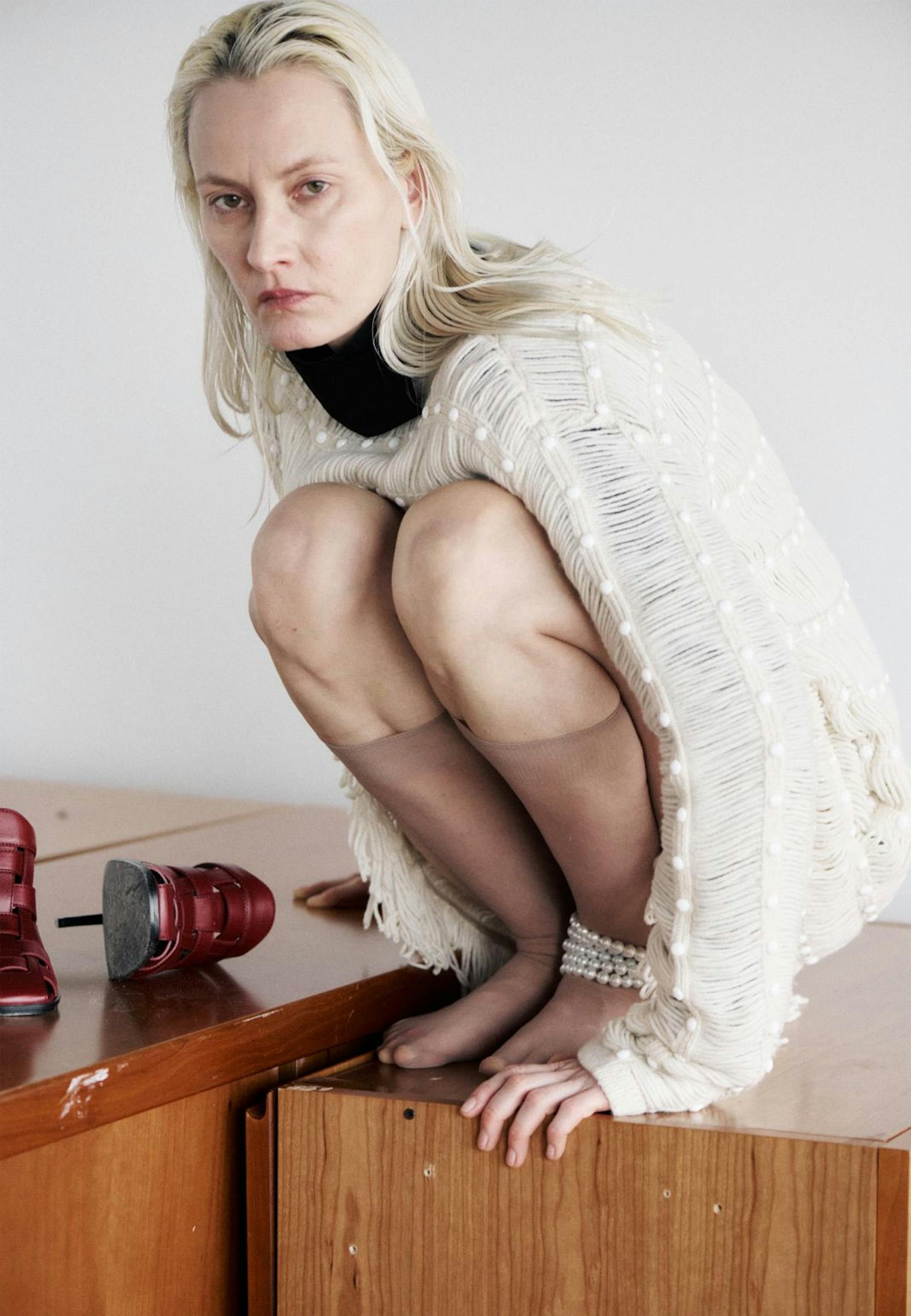
Diotima FW25, Photographer ZORA SICHER
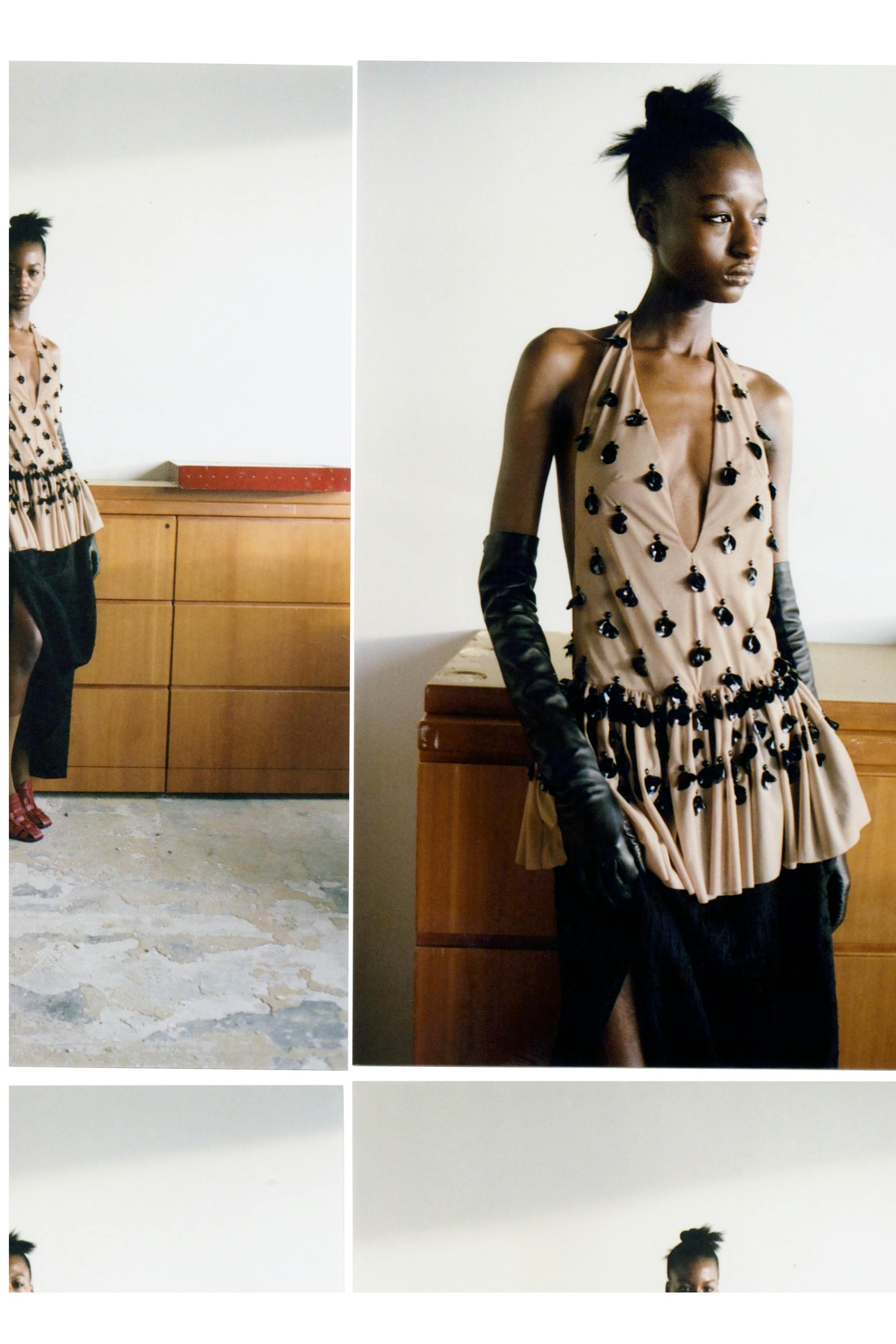
Photographer ZORA SICHER
Is that when you met the Jamaican women who do Diotima’s crochet work?
R. S. Yes. My team isn’t centralized — these women live all across the island. Some are farmers, others are nurses… They work from home. My goal is to create autonomy, especially in today’s climate. I’ve always been political. It’s very important to me to share our cultural heritage and make sure the artisans receive the recognition they deserve.
Why is it important to include crochet in your collections?
R. S. True crochet can only be done by hand. It’s a small part of the collection, but I had to fight against the clichés surrounding both the technique and Caribbean style. That’s why I avoided using color for a long time. For Fall/ Winter 2025, I wanted to address how Caribbean people are perceived — especially Caribbean women, and Black women more broadly.
That’s “Matriarch,” your latest collection…
R. S. The lack of archives is tied to the island’s colonial history. So I gathered a small community around me and asked them to share images of their mothers, grandmothers, and aunts. I infused those intimate images with power — and a touch of rage.
To speak of craft is also to speak of the women who preserve it. How do you view transmission today?
R. S. What makes craft so beautiful — and also so fragile — is the fact that it’s transmitted orally. It’s powerful, it transcends time, but it also means techniques can be lost more easily. I’m especially interested in language: how it’s passed on, how it’s translated.
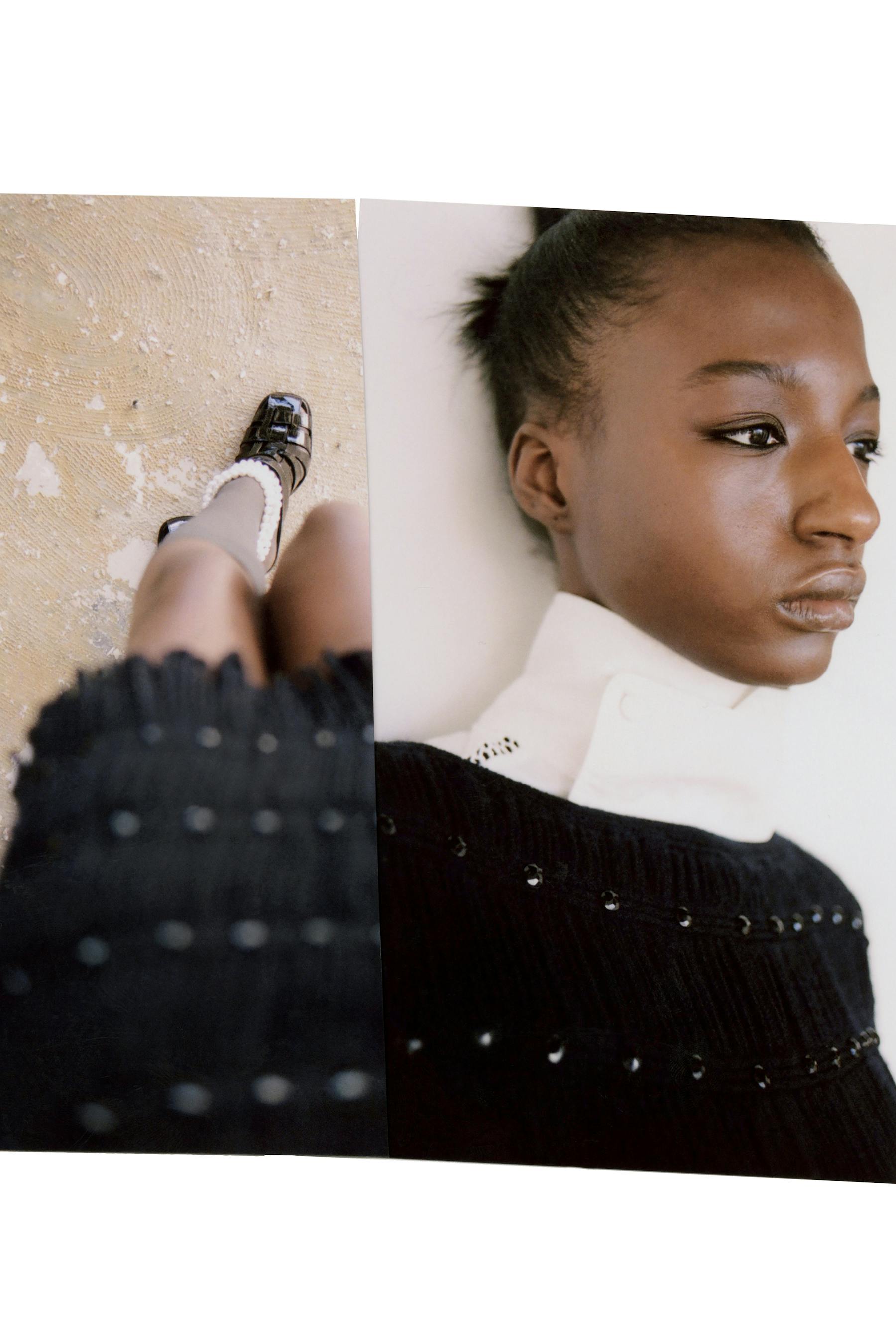
Photographer ZORA SICHER

Diotima FW25, Photographer ZORA SICHER
